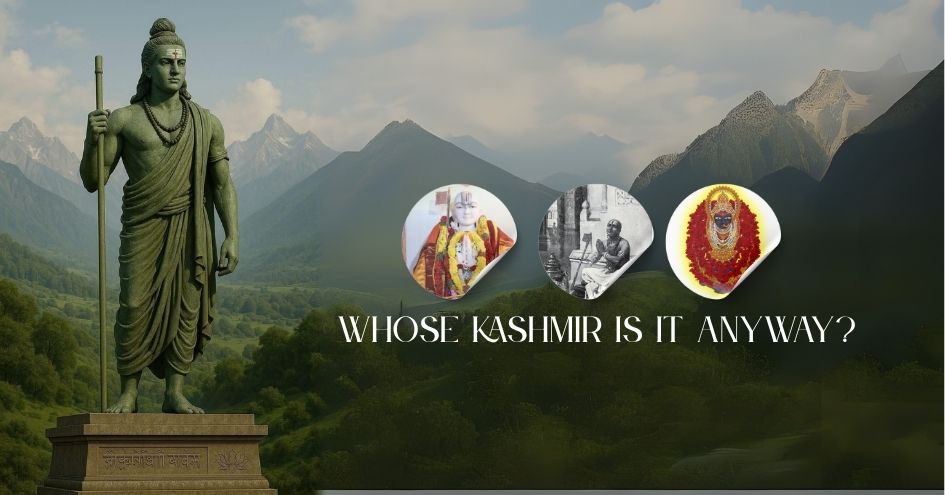
Kashyap Mira to Kashmir
At a time when the narrative around Kashmir is too often clouded by conflict and division, it is essential to reclaim the soul of the valley — its ancient heritage, its spiritual origin, and its civilisational identity. And it all begins with Maharshi Kashyapa, he is the origin story of this land. He is the civilisational founder of Kashmir, once known with reverence as Kashyapmira. It is time India commemorates this forgotten truth — with a grand "Statue of Origin", built not just in bronze or granite, but in national memory.
As per Nilamata Purana and other ancient Hindu texts, Kashmir was once a vast lake known as Satisaras. The region was haunted by the demon Jalodbhava, who terrorised all life. The Devas sought help, and it was Rishi Kashyapa, the son of Marichi and grandson of Brahma, who drained the lake by channelling the waters through Baramulla. In doing so, he made the valley habitable and brought sages, seers, farmers, and artists to settle and civilise the region. Thus, the land came to be called Kashyapmira, later evolving to Kashmir. This was not an act of war — but of Dharma. It was an act of restoration, regeneration, and rebirth. The birth of a sacred geography.
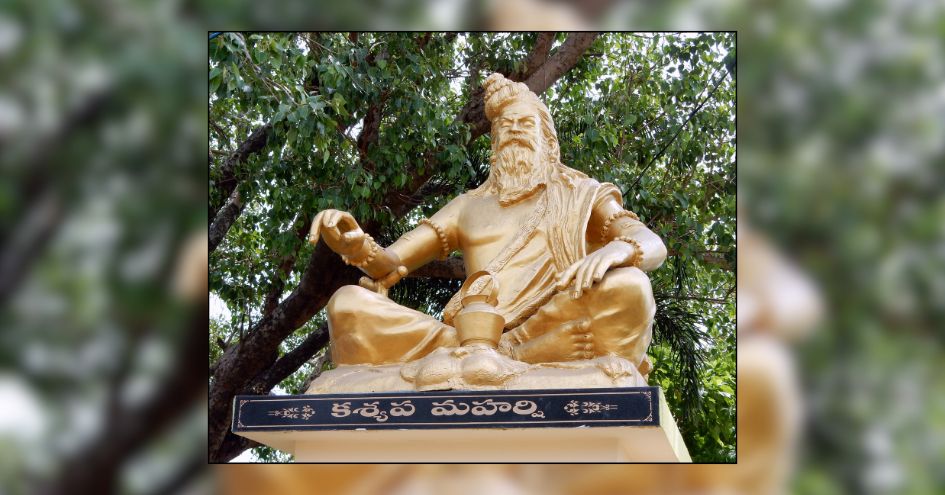
Kashmir: The Sacred Land of Devi Sharada
“Namaste Sharada Devi,
Kashmira pura vasini,
Tvam-aham prarthaye nityam,
vidya-daane cha dehi me.”
In these resplendent Sanskrit verses, we do not merely offer salutations to a goddess — we bow to the soul of Kashmir itself. For Devi Sharada, the divine embodiment of wisdom, is not only enshrined in temples or scriptures — She is enshrined in the very soil, streams, and spirit of Kashmir. She is addressed as "Kashmira Pura Vasini" — the Presiding Deity of the land of Kashmir, the sacred custodian of its soul, culture, and consciousness. Once known as Sharada Desha, the valley was not merely a stretch of geography, but a tirtha of intellect and tapasya.
Sharada Desha: A Land of Light
Long before Kashmir was trapped in the coils of conflict, it was a kingdom of knowledge. Long before politicians laid claim to it, rishis and seekers bowed to it.
From Kalhana who wrote Rajatarangini, to Abhinavagupta, the master of Tantra and Shaivism, Kashmir gave philosophy to the world. The script of the land itself was called Sharada Lipi, named after the goddess. The famed temples and universities that dotted the region were called Sharada Peethas — sanctuaries of supreme learning, akin to Nalanda and Takshashila. And at the centre of it all, on the banks of the Krishna Ganga River, stood the Sharada Temple in today’s Pakistan-Occupied Kashmir — an eternal lighthouse for scholars, saints, and seekers from across the Indian subcontinent.
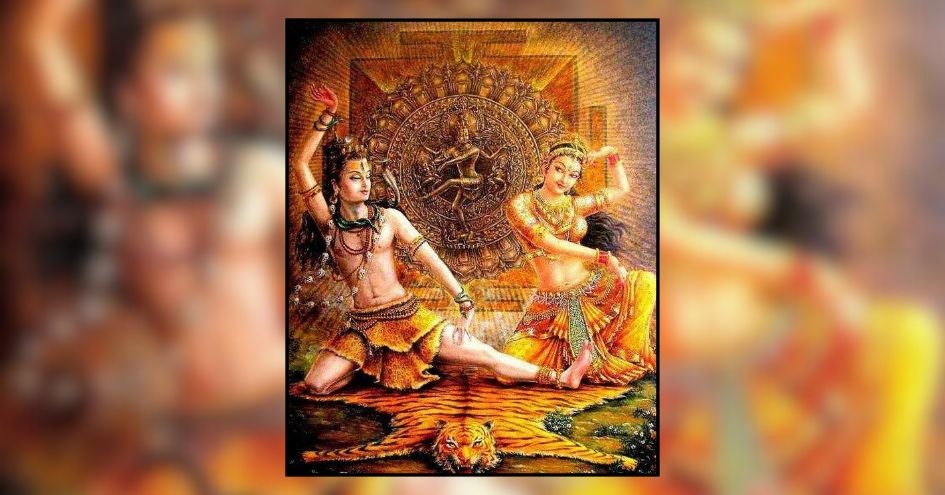
When Shakti Resided in the Snow-Clad Valleys
Kashmir was not just known for its stunning beauty, but for its spiritual energy — a confluence of Shakti and Shaivism. When Adi Shankaracharya, the spiritual unifier of Bharat, journeyed to Kashmir in the 9th century, it was not to claim territory — it was to seek truth. He stood atop Gopaladri Hill, meditated deeply, and composed Soundarya Lahari — the celestial verses that weave together the essence of Shiva and Shakti, Purusha and Prakriti. This very hill is today called Shankaracharya Hill — not by accident, but by reverence. For in Kashmir, each peak held a pulse of divinity, each spring whispered mantras of the Vedas. Shankaracharya later visited the original Sharada Temple in PoK. So profound was his spiritual experience there that he carried the vision of Devi Sharada to the banks of the Tunga in Sringeri, where he established the southern counterpart — Sharada Peetham of Sringeri. The Moola Vigraha in Sringeri was brought from Kashmir, carved from sacred sandalwood — a symbolic link between North and South, Himalayas and Ghats, Ganga and Tunga.
Ramanujacharya in Kashmir: A Pilgrimage of Knowledge and Grace
Where Wisdom Was Memorised, and Divinity Manifested
In the serene heights of the 11th-century Kashmir Valley — then known across Bharata as Sharada Desha, the land of the goddess of learning — a spiritual quest was unfolding. Bhagavad Ramanujacharya, one of the greatest philosophers of Sanatana Dharma and the founder of the Sri Vaishnava Sampradaya, had come from the Tamil lands of the South. Not to claim power, not to build temples, but for something far more sacred: To seek the source of ultimate knowledge. To unlock the essence of the Brahma Sutras.
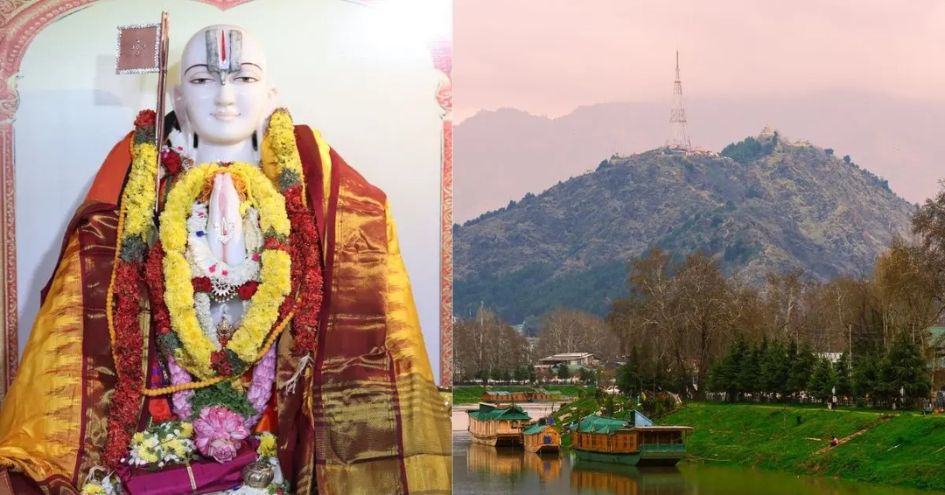
The Destination: Sharada Peeth, Kashmir
Ramanujacharya’s journey was long and arduous. Crossing forests, rivers, and kingdoms, he and his devoted disciple Kurutthalwar reached the fabled Sharada Peeth — the citadel of learning, located in what is now Pakistan-Occupied Kashmir.
Here, within the hallowed walls of the library maintained by sages and scholars, was kept the Brahma Sutra, the aphoristic core of Vedantic philosophy attributed to Maharshi Badarayana. This was no ordinary book. It was considered so sacred and rare that no one was allowed to take it outside the library, and no one was permitted to copy it.
But Ramanuja was undeterred. With a heart anchored in Bhakti and a mind sharpened by discipline, he undertook a task few could imagine:
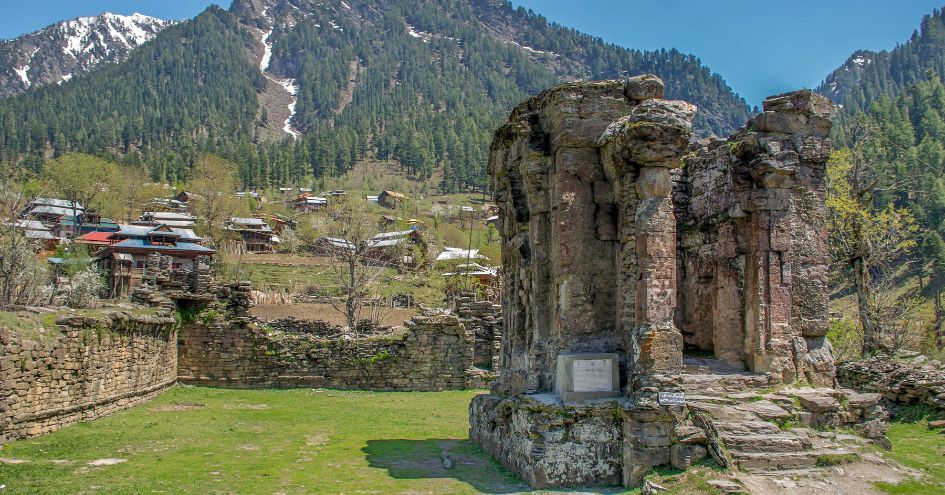
To memorise the entire Brahma Sutra — word by word, verse by verse — through sheer devotion and intellect. Every day, Ramanuja and Kurutthalwar would enter the library, sit quietly under the gaze of the scholars, and absorb the sacred verses. No pens. No parchments. Only faith, focus, and flawless memory. Each evening, they would walk back to their resting quarters and transcribe every word from memory — cross-checking, refining, and preserving the Sutras with utmost precision. This daily cycle continued for three months — an act of Tapasya so profound that it was no less than a Yagna of the mind and soul.
The Birth of Sri Bhashya
Finally, after months of relentless effort, Ramanuja completed the ‘Sri Bhashya’ — his commentary on the Brahma Sutras. It was not just a commentary; it was a revelation. It was not just a book; it was the spiritual constitution of Vishishtadvaita. It explained, in precise yet poetic terms, the qualified non-dualism of the soul and Brahman — where God is both immanent and transcendent. The Sri Bhashya became the Moola Grantha (foundational text) of the Sri Vaishnava tradition, venerated alongside the Vedas themselves. And the soil of Kashmir had played a sacred role in this genesis.
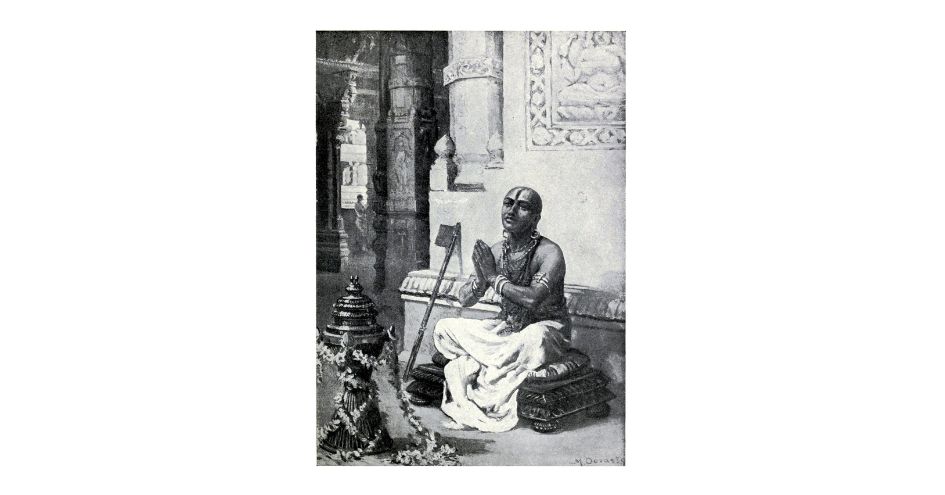
The Divine Darshan of Sharada Devi
But the story does not end there. Having offered his intellect and discipline in the service of Dharma, Ramanuja was granted the highest blessing — a darshan of Goddess Sharada Herself, the divine presiding deity of knowledge.
Draped in white, radiant as the moon, the goddess appeared before him, her eyes filled with compassion and wisdom. She was the eternal Mother of Learning, who had silently watched over his daily penance in her library. In her hands, she carried a sacred icon — the Vigraha of Hayagreeva, the horse-faced deity of pure wisdom and the divine form of Vishnu Himself. With blessings in her voice, she placed the Hayagreeva idol into Ramanuja’s hands, saying:
“Let knowledge flow where Bhakti resides.
Take this to the South, and let the light of Dharma never dim.”
That same Hayagreeva Vigraha gifted by Sharada Devi is still worshipped at the Parakala Mutt in Mysuru, one of the principal Sri Vaishnava institutions. And Sri Bhashya, born from memory and divine grace, continues to be studied and chanted by millions of Vaishnavas — from Sriperumbudur to Srirangam, from Melkote to Sringeri. Ramanuja’s Himalayan journey is not merely a scholarly event — it is a spiritual saga that proves that faith can penetrate the walls that even kings cannot. The power of memory, when guided by Bhakti, can recreate scriptures and wherever truth is sought with sincerity, divinity itself appears.
Sharada Desha — The Fountainhead of Dharma
Let no one forget that Kashmir, long before it became a land of barbed wire and boundaries, was Sharada’s abode, the cradle of learning, the birthplace of spiritual revolutions. It nurtured not just Shaiva philosophers and Tantric masters, but also Vaishnava Acharyas, seekers from across Bharatvarsha. It was the shared spiritual inheritance of all Hindus.
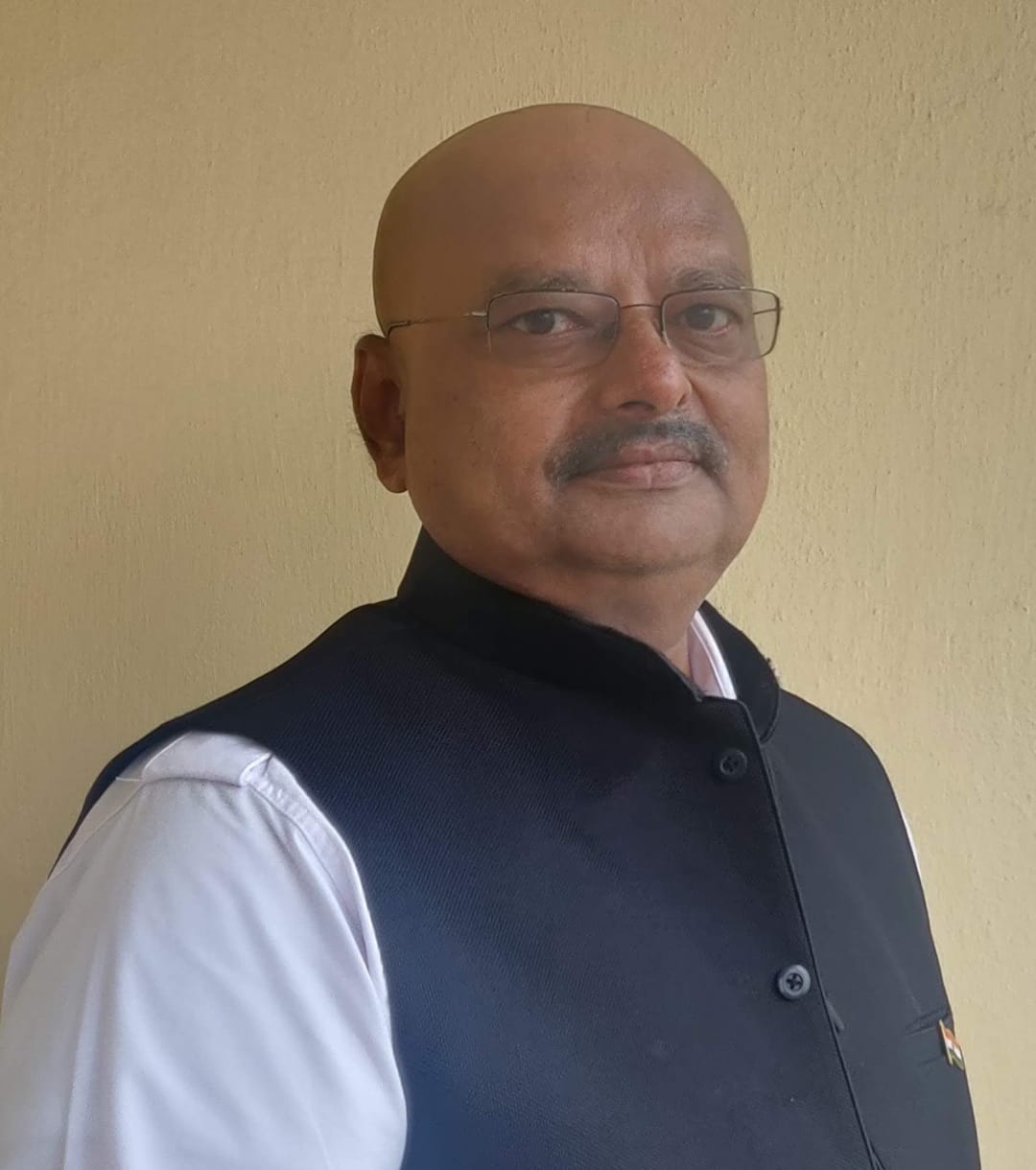 Wing Commander BS Sudarshan is a former Indian Air Force pilot with over 12,000 flying hours. He participated in Operation Pawan and Operation Cactus before he transitioned to civil aviation. A passionate writer, he has authored six books, including "Hasiru Hampe", appreciated by S L Bhyrappa, and the latest "Evergreen Hampi". He is a regular contributor to the Verandah Club.
Wing Commander BS Sudarshan is a former Indian Air Force pilot with over 12,000 flying hours. He participated in Operation Pawan and Operation Cactus before he transitioned to civil aviation. A passionate writer, he has authored six books, including "Hasiru Hampe", appreciated by S L Bhyrappa, and the latest "Evergreen Hampi". He is a regular contributor to the Verandah Club.
PREVIOUS ARTICLE

At the southernmost tip of this mesmerising ensemble lies the majestic Great Nicobar Island, boasting an impressive landmass of about 910 square kilom...
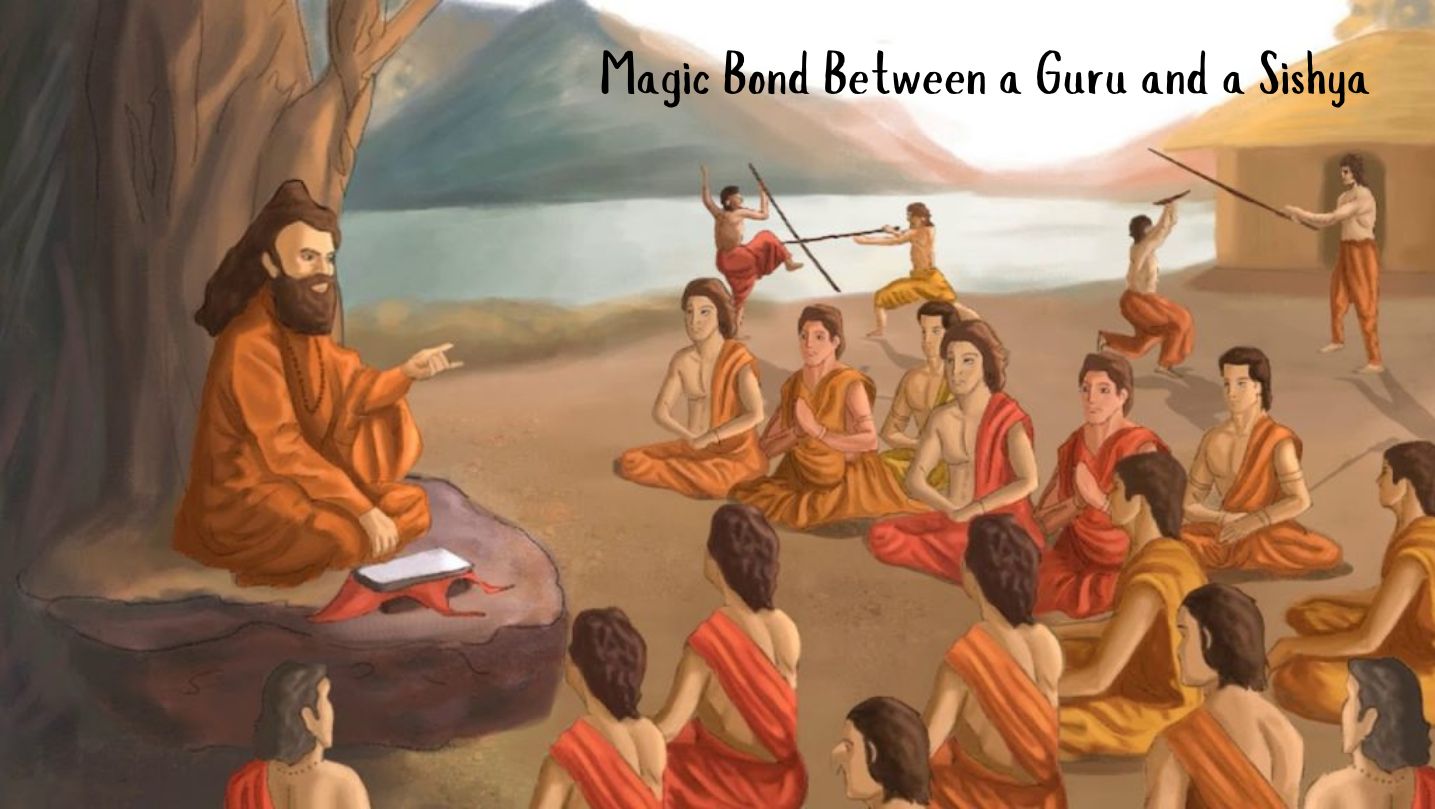
Bharath has always been a land traversed by spiritual masters/ Guru since time immemorial. These spiritual masters have always upheld the core princip...
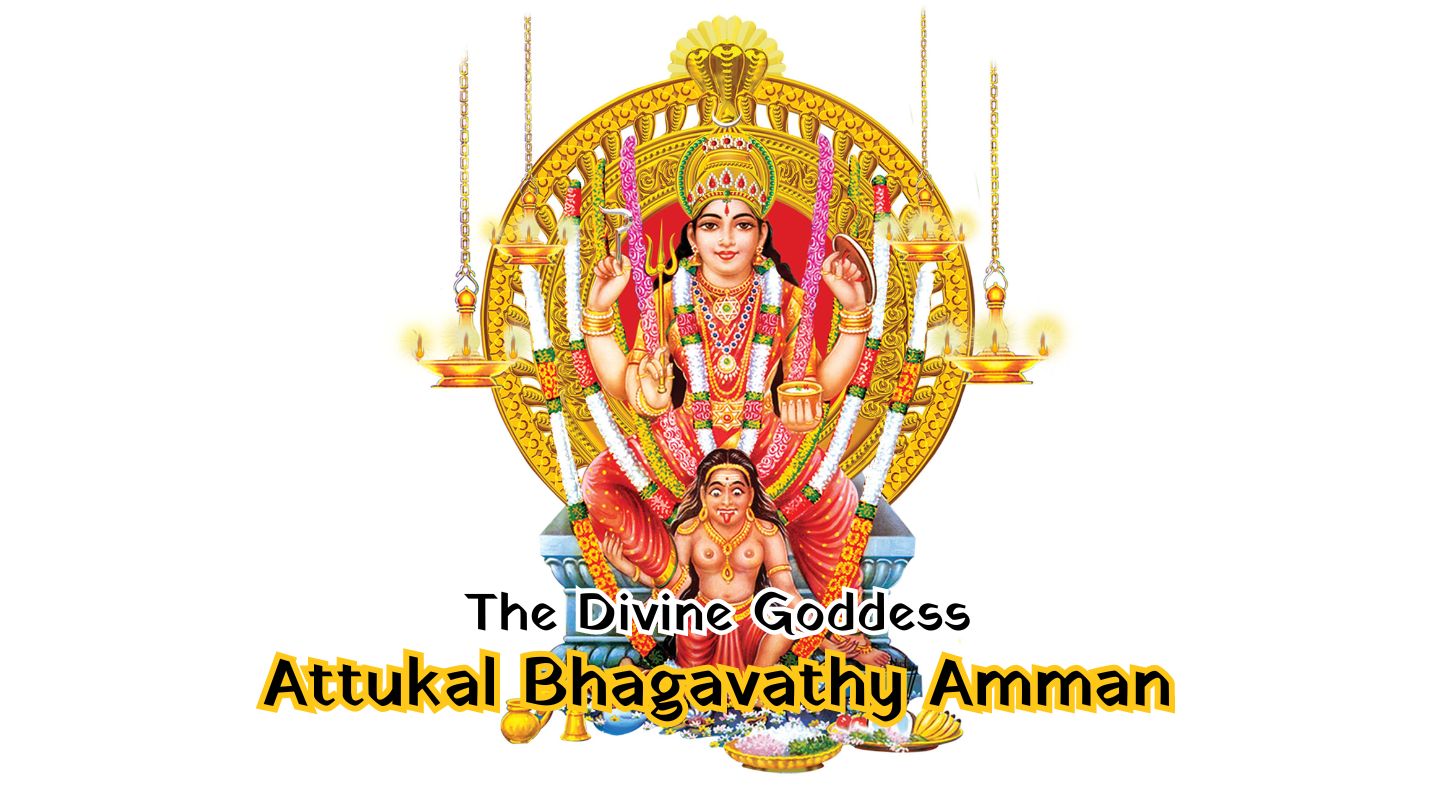
South India contains its fair share of unique pilgrimage centres. These divine places of worship have a prominent Sthala Purana, devoted followers, di...